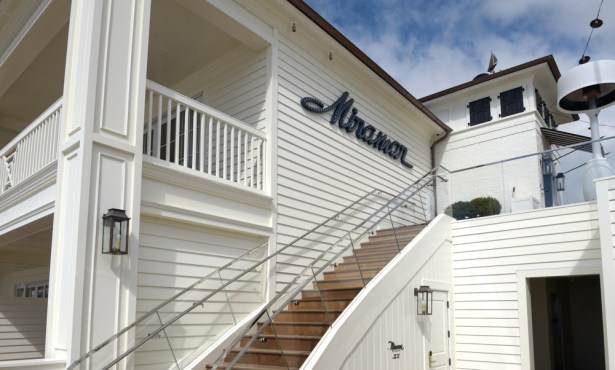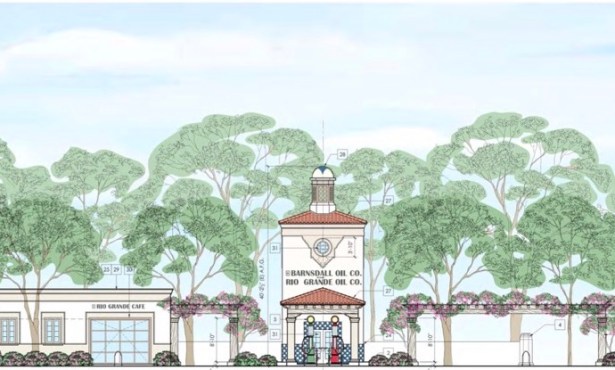New Allies, Diminished Expectations for Commuter Rail
Baby Steps

Normally restrained, reticent, and cautious to a fault, Santa Barbara City Councilmember Roger Horton was uncharacteristically jubilant about the prospects for commuter rail after last Friday’s meeting with his counterparts in Ventura County. “It was kind of a miracle,” Horton gushed. At first, the action taken by the Ventura County Transportation Commission (VCTC) seemed exceedingly modest. The VCTC board voted to join with the Santa Barbara City Council and the Santa Barbara County Association of Governments (SBCAG) in sending a letter to Amtrak and Caltrans asking that Amtrak change the schedule of its Pacific Surf Liner to accommodate the needs of the 18,000-20,000 people who commute between Ventura homes and Santa Barbara jobs.
But Horton was most struck by the newfound hospitality with which he and his fellow commuter rail advocates were received. “It was an open door where before it had been locked shut,” he said. At a 2006 meeting, for example, VCTC Executive Director Ginger Gherardi coolly dissed the prospect of commuter rail, saying the soonest her agency might consider the matter would be 2040. Gherardi and her board made no secret their disdain for Santa Barbara’s grand plans for hauling passengers to and fro three times a day. But it was Gherardi herself who called Horton to invite him to present his revised plans for commuter rail at last week’s meeting.
Horton attributed this change to the fact that Gherardi is retiring and that her board has come to understand they have a constituency of 20,000 commuters to serve. Many of these will find themselves hopelessly stuck in construction-induced gridlock during the eight years of freeway improvements slated to begin next year; Horton has argued that commuter rail can offset some of this congestion.
But Horton also acknowledged that he and many commuter rail advocates were forced to drastically reduce the scope of their dreams in the wake of last November’s crushing defeat of Measure D, the three-quarter percent sales tax surcharge that would have provided $140 million for commuter rail in addition to funds for freeway widening. In the new version of Measure D-a half-cent sales tax surcharge-to go before voters this November, only $15 million has been earmarked for commuter rail. “What they saw from us before was, ‘It’s either the whole banana or no banana at all,'” Horton said.
Some commuter rail advocates like Dennis Story of Coastal Rail Now have expressed concern that the elected officials serving on SBCAG are too willing to toss commuter rail overboard in hopes of building a political constituency capable of garnering the two-thirds supermajority required to renew Measure D. Unless renewed, Measure D expires in 2010, thus denying the county and its seven cities a critical source of road repair money. And in last year’s election, commuter rail proved exceptionally unpopular with North County voters.
Story maintains that commuter rail needs at least $40 million in Measure D funds, and has expressed skepticism that $15 million is enough to buy much besides more consultants’ studies. Horton and others contend the $15 million could be effectively used to leverage matching state and federal funds. That, they say, could be sufficient to pay for a pilot commuter rail project.
Jim Kemp, executive director of SBCAG, said if Amtrak shifted the Surf Liner schedules to accommodate working people-currently it arrives in Santa Barbara too late and leaves too early-then perhaps the $15 million could be used to subsidize the price of tickets to encourage ridership. Currently, a round-trip from Santa Barbara to Ventura runs $14. “We’d finally find out what works and what doesn’t,” Kemp said. In the meantime, Kemp said he also was struck by Ventura’s willingness to work with Santa Barbara County on commuter rail. “You can’t overstate the importance of it,” he said. “It’s a first.”



